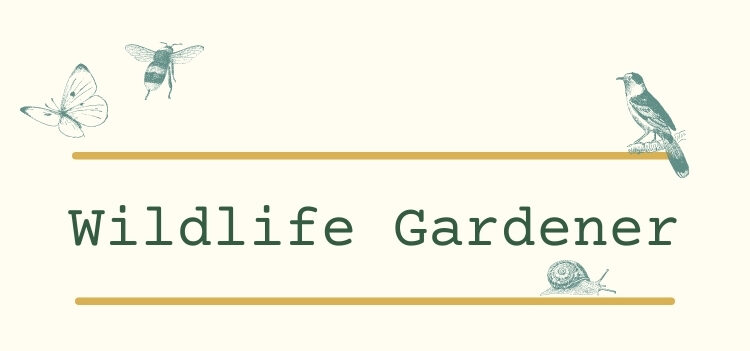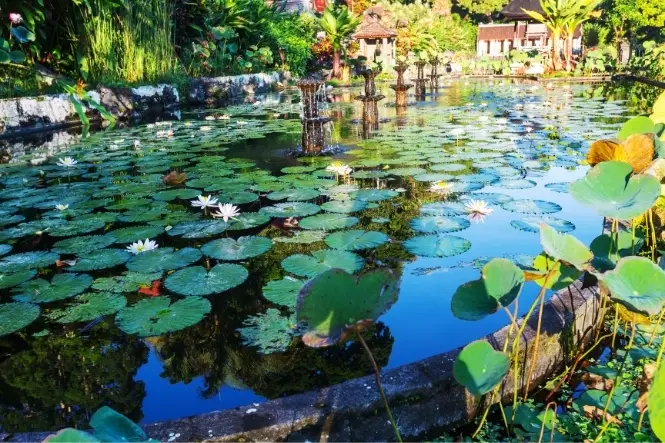I’m sorry to hear that you’re finding things increasingly difficult, especially since gardening seems to mean such a lot to you and you’ve evidently invested a lot of time and effort into keeping your pond in good condition.
The short answer is that what you’re thinking of doing can certainly be done, although without knowing a bit more about how big the whole pond is and what it’s made of, it’s a bit difficult to comment too much on the details of how you could go about it. Obviously you’ll have already taken things such as ease of access to get the infill material to the site and someone to give you a hand hauling and tipping into consideration, but there are a couple of thoughts which occur to me that may be helpful.
Managing The Drainage
Firstly, it might be worth fitting a liner layer to the top of your infill before you add the bog garden’s compost, to help keep conditions suitably moist for the new plants you’ll be having. It doesn’t have to be an expensive butyl one – you’re not looking for something to be perfectly water-tight – so a few empty compost bags would do perfectly well; the idea is simply to stop it draining too quickly through the underlying layer of infill.
Secondly, if the construction of the original pond allows – and you’re absolutely certain that you’re not ever going to want to reinstate it in the future – make some holes in the base liner. Although you want to keep the bog garden damp, with a complete and impermeable liner lying below the surface, if it rains heavily, your pond may try to re-establish itself!
If boring holes through the liner is impossible, creating some kind of a run off at one end or the other of the “ex-” pond could help allow some natural drainage.
Watching Out For Wildlife
Of course, looking after any wildlife that has made a home of your pond has to be another major consideration.
You don’t specifically say what plants and animals do frequent your water garden, so I’m assuming that there’s nothing protected or incredibly rare to plan around, but if you do host a colony of Crested Newts or the like, you’ll obviously need to get some more detailed advice.
Rather than suddenly draining the pond and filling it in, let it dry out gradually – that way some of the inhabitants will have the chance to get out and find themselves new places to live. However, since you clearly like ponds, would you be able to build another one, but better suited to your current needs? A raised pond or even a water feature in a half-barrel or other suitable container can make a great addition to any garden and if you’ve already got a thriving number of plants in your existing pond, stocking it couldn’t be easier.
Although this kind of feature isn’t ideal for all kinds of aquatic wildlife, it can make a perfectly good home for many types – so it’s well worth considering. If the idea does appeal, there are some good tips to be had on building both raised ponds and container features on the Pond Expert site, which should give you plenty of food for thought.
Best of luck, whatever you do decide to do – and I hope your gardening continues to bring you lots of pleasure.

